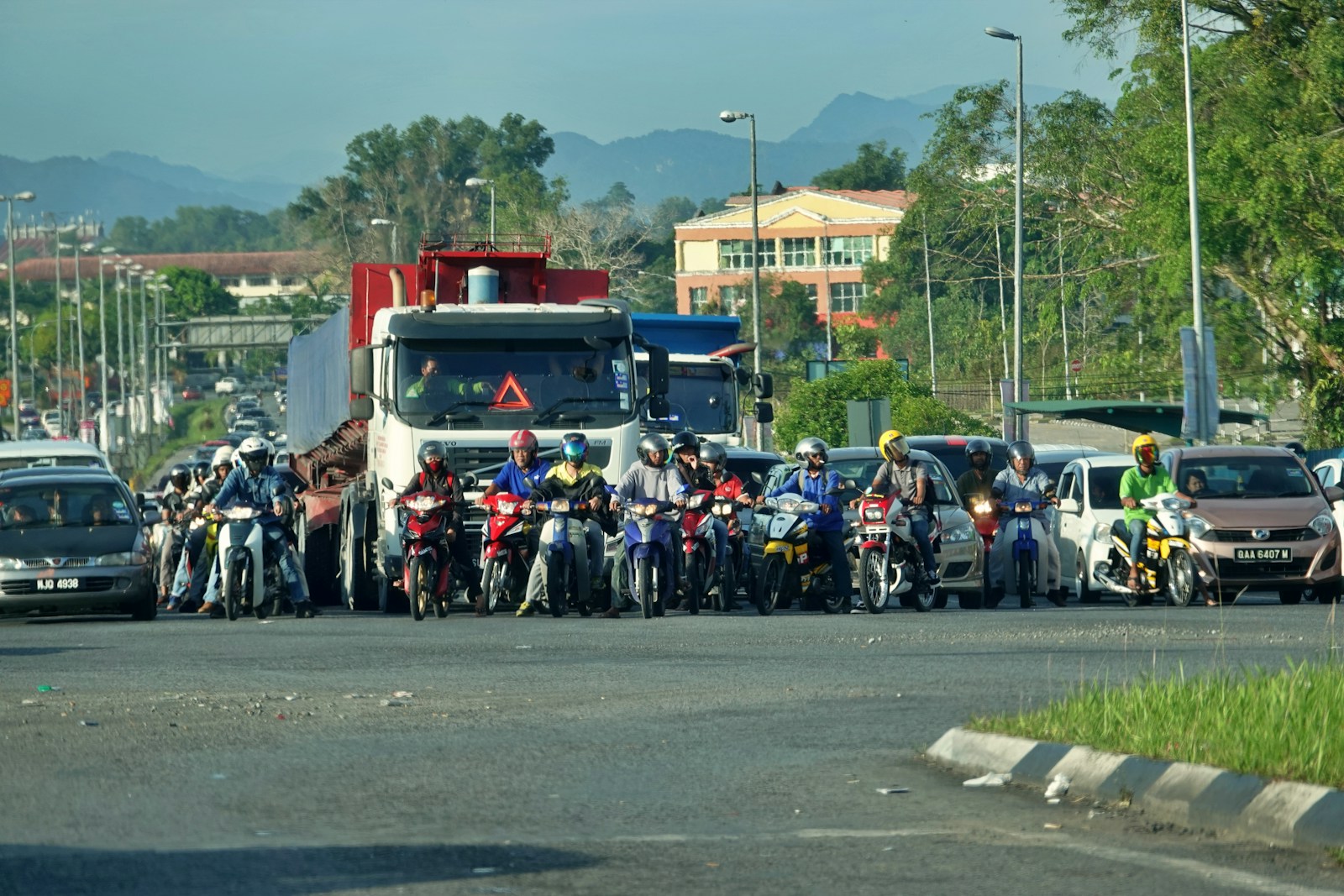Draft Motor Transport Workers Rules, 2025: Compliance Imperatives Under the OSHWC Code

Introduction
The Ministry of Labour and Employment (MoLE) has issued the Draft Motor Transport Workers Rules, 2025 on 22 September 2025, invoking its rule-making powers under Sections 23 and 24 of the Occupational Safety, Health and Working Conditions (OSHWC) Code, 2020. These rules are open for public consultation until 6 November 2025.
This development is significant because the OSHWC Code, once brought into force, is expected to subsume earlier labour laws, including the Motor Transport Workers Act, 1961. The draft rules therefore represent the next stage of India’s labour reforms, establishing sector-specific standards for motor transport undertakings.
For employers in the transport and logistics sector, these rules are not merely technical updates, they represent new compliance obligations that will directly impact workplace practices, costs, and operational risk.
Table of Contents
Key Features of the Draft Rules
1. Scope and Definitions
- The draft rules define the scope of “motor transport undertaking” and “motor transport workers,” clarifying which employers and establishments are covered. This ensures targeted application of welfare and safety standards to businesses engaged in transport operations by motor vehicles.
- Employers in the transport and logistics sector, including fleet operators, passenger transport companies, and goods carriers, are likely to fall within its ambit.
2. Health and Hygiene Standards
- Workplace cleanliness: Employers must maintain clean work areas, manage waste effectively, and implement safe practices for “wet work.”
- Drinking water: Safe and clean drinking water must be provided. The use of common cups is prohibited, and non-potable water must be clearly marked.
- Sanitation facilities: Adequate arrangements for bathing, changing, and locker rooms are required.
3. Welfare Facilities
- Canteens: Establishments employing workers beyond the prescribed threshold will be required to provide adequately equipped canteens to ensure access to safe and nutritious food.
- Rest and Hygiene Facilities: Employers must make arrangements for bathing, changing, and locker rooms to enable workers to maintain hygiene, rest, and recuperate during or after duty hours.
4. Safety and Medical Provisions
- First Aid: Employers are required to provide adequately stocked first-aid boxes and other prescribed medical appliances, ensuring preparedness for workplace emergencies.
- Medical Accessibility: Immediate medical assistance must be available at all times, recognizing the inherently high-risk nature of road transport work.
5. Employer Obligations
- Infrastructure and Maintenance: Employers must maintain workplace facilities, conduct regular inspections, and ensure all provisions comply with the draft rules.
- Worker Welfare Responsibility: The onus of safeguarding the health, safety, and welfare of motor transport workers rests squarely with the management, reinforcing accountability at the organizational level.
Legal and Business Impact
- Compliance Burden: Transport operators, particularly larger undertakings, will need to upgrade facilities and implement structured compliance processes. While the investment may be significant, non-compliance carries potential penalties under the OSHWC Code.
- Harmonisation with Existing Laws: The draft rules must be read in light of other sectoral laws, including the Motor Vehicles Act, 1988, state-specific transport rules, and provisions of the erstwhile Motor Transport Workers Act. Businesses will need legal support to identify overlaps and avoid duplication of compliance efforts.
- Worker Welfare and Industrial Relations: The rules strengthen minimum standards of welfare, aligning with India’s broader push for labour law rationalisation. Improved facilities can also support industrial harmony and reduce disputes, but they may raise expectations among unions and worker representatives.
- Inspection and Enforcement: Labour authorities will have a clear statutory framework to conduct inspections. For employers, this means higher regulatory visibility and risk. Businesses that fail to prepare may face disruption through compliance notices or penalties.
Action Points for Businesses
Businesses in the motor transport sector should begin by assessing whether their operations qualify as a “motor transport undertaking” under the draft rules. Once applicability is determined, it is advisable to conduct a thorough compliance audit of existing facilities, including canteens, first-aid provisions, sanitation arrangements, and rest areas, to identify any gaps against the draft requirements. Based on this audit, organizations should allocate resources and budget for necessary infrastructure improvements to meet the prescribed standards. Training managers and supervisors is equally critical, ensuring that they are fully aware of their obligations regarding hygiene, safety, and worker welfare. Finally, businesses have the opportunity to participate in the consultation process by submitting comments to the Ministry of Labour and Employment before 6 November 2025, highlighting practical challenges, operational considerations, or industry-specific needs, thereby influencing the final rules while preparing for seamless compliance.
Conclusion
The Draft Motor Transport Workers Rules, 2025 mark a major compliance milestone for the transport sector under India’s labour law reforms. By consolidating welfare and safety obligations into a modernised framework, the rules seek to protect workers while aligning industry practices with the OSHWC Code. For businesses, this is both a challenge and an opportunity. Early preparation through compliance audits, infrastructure upgrades, and legal review, can ensure smooth transition and minimise regulatory risk. As the consultation window remains open until 6 November 2025, stakeholders should seize this opportunity to shape the final contours of the law.
For more details, write to us at: contact@indialaw.in
By entering the email address you agree to our Privacy Policy.



